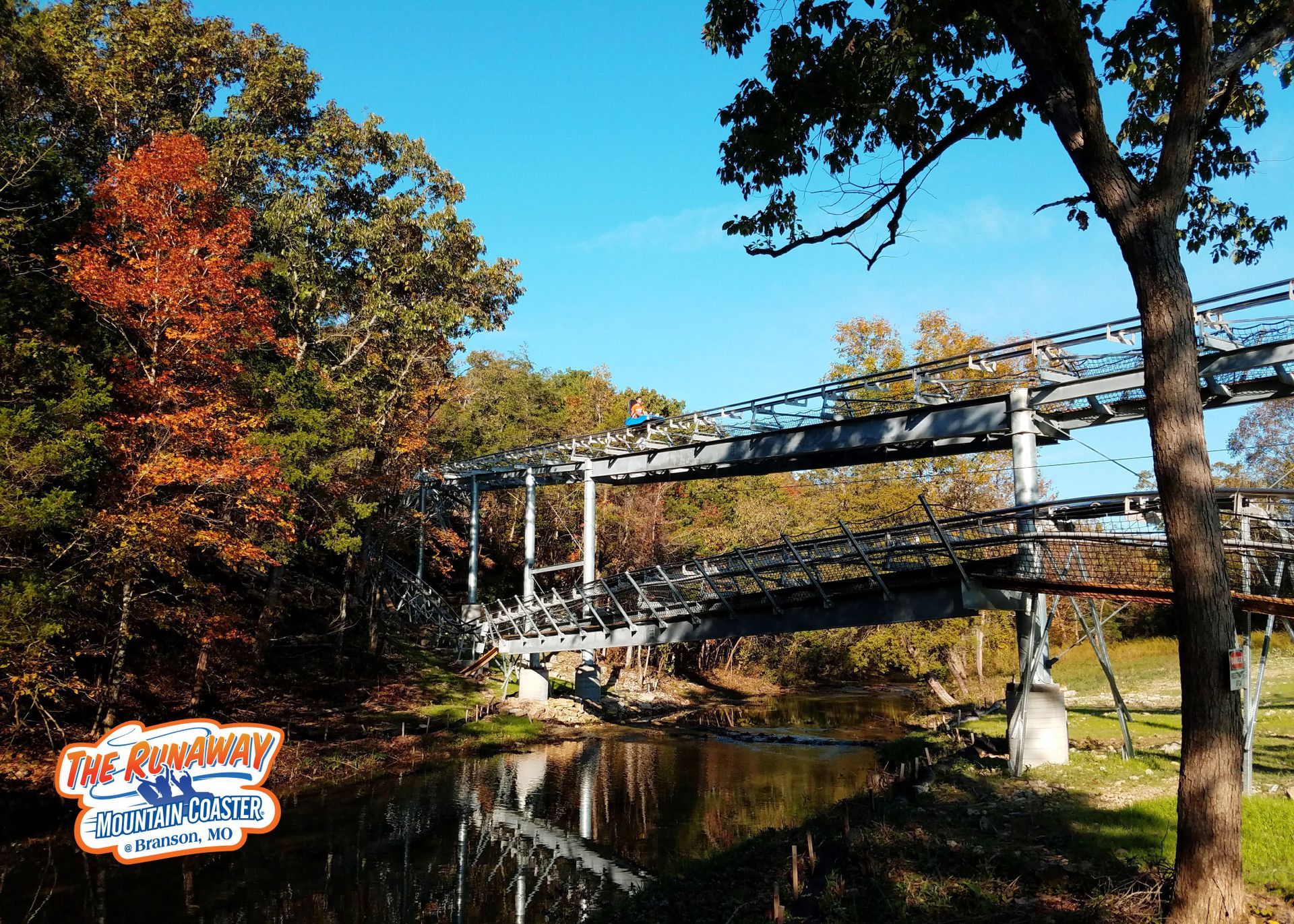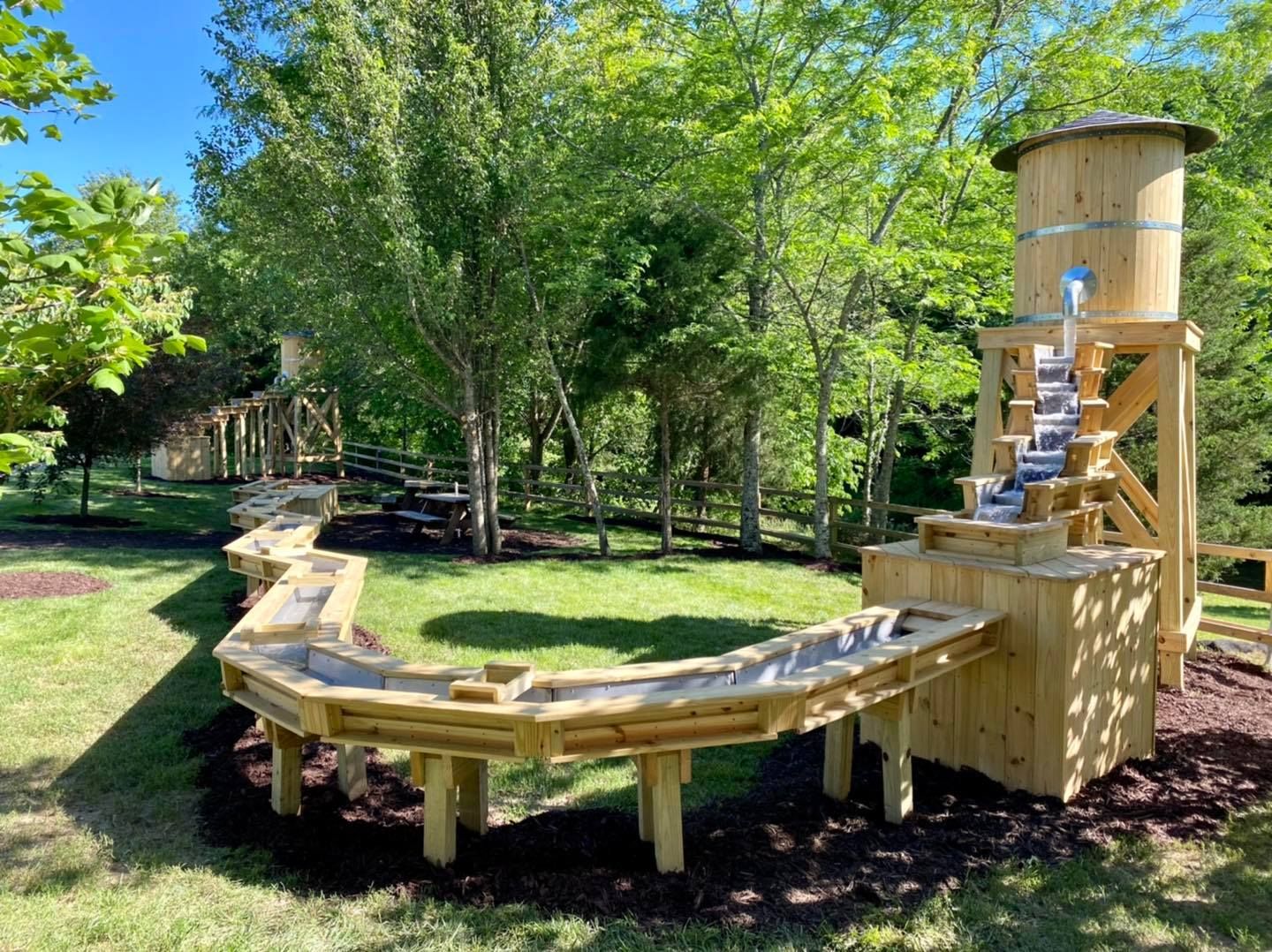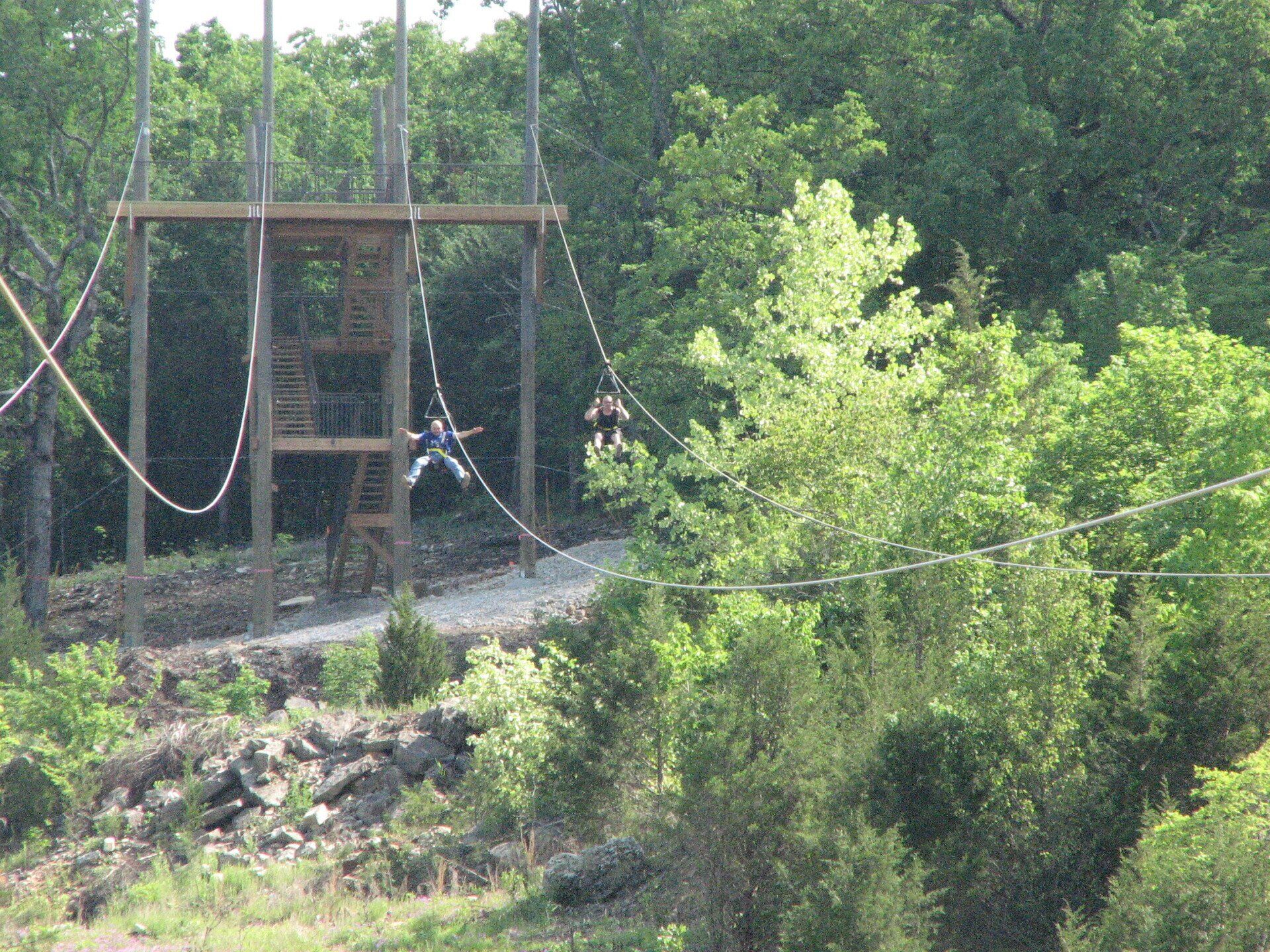Minerals of the Ozarks
The Ozarks Plateau covers an area of approximately 55 square miles and is home to the towns of Baxter Springs and Galena. This region contains limestones formed about 345 million years ago during the late Mississippian Period.
The Ozarks receives more than 40 inches of rain annually, making it one of Missouri's wettest regions. The constant rainfall in the region forms caverns and feeds seeps and springs, which drain into clear streams that flow over gravel beds in steep-walled valleys. This makes the area a fascinating place to visit after a thrilling ride on some Branson roller coasters and if you check out the Branson Mountain Adventure Gem Mines.
The minerals in the Ozarks are primarily dolomite and limestone, with some sandstone, shale, and chert also present. In the eastern edge of the Ozarks region, these sedimentary rocks have been eroded completely, exposing porphyries and Precambrian granites. This area is known as the St. Francois Mountains, although its height does not exceed 240 meters, except for a few distinct peaks.
The Lake of the Ozarks is also located in the region. It's an artificial lake and a popular tourist destination with many springs. Notable springs include Big Spring and Mammoth Springs.
They are considered to be the world's largest springs. Lead and zinc from galena and sphalerite were once mined in the region. The following are the rocks and minerals of the Ozarks.
Limestone
Limestone is a sedimentary rock found throughout Kansas, mainly composed of calcite (calcium carbonate, CaCO3). It forms in marine environments through organic processes, such as animal or plant remains or chemical deposition. Many animals and plants (including oysters, corals, some sponges, sea urchins, plankton, and algae) secrete calcium carbonate from the water to form shells or skeletons.
These organisms sink into the ocean, lake, or river when they die. The organic components decay over time, and calcium carbonate accumulates to form limestone. When calcium carbonate is dissolved in water, it falls out, settles to the bottom, and creates chemically deposited limestones.
The limestones that form the Ozark Plateau and contain chert were formed during the Mississippian subperiod. Roadcuts and cliffs along stream valleys are the best spots to see these cherty limestones. These Mississippian limestones were economically significant because they contained valuable lead and zinc ores.
Chert
Chert, also known as flint, is found in many limestones in Kansas as nodules or continuous beds. It is opaque and comes in various colors that range from white to grey or brown to black. It fractures with a shell-like (conchoidal) fracture, and the broken pieces have sharp edges.
Chert is a sedimentary rock made up of microscopic quartz crystals (silica, SiO2). Humans have used chert for thousands of years to make tools and weapons. Chert is also known as jasperoid in the Tri-State mining district of southeastern Kansas, southwestern Missouri, and northeastern Oklahoma.
It was commonly found as waste at abandoned lead and zinc mines in Cherokee County.
Galena
Galena is lead sulfide (PbS), the main mineral found in lead ore. It appears as metal to lead cube-shaped crystals that break into cubic, right-angled fragments. Some galena crystals are enormous. Galena is dense, has a metallic luster on new surfaces, a grey-black streak, and is soft enough to mark any material. Galena has been mined in the Tri-State mining district, once one of the world's most important lead and zinc-producing areas.
Sphalerite
An essential mineral in zinc ore is sphalerite, also known as zinc sulfide (ZnS). Pure sphalerite, also known as zinc blende, blende, blackjack, and mock lead, is nearly colorless, but it is commonly brown, yellow, black, or dark red due to impurities. It has a white to dark-brown streak that is always lighter than the specimen's color. Mineral crystals are typically triangular pyramids with three sides and a base.
Sphalerite will fracture into 12-sided blocks due to its good cleavage in six directions. It has a brilliant resinous or metallic luster and is scratchable with a knife.
Some sphalerite is found in massive deposits ranging in grain size from coarse to fine. The best specimens found in Kansas come from Cherokee County's lead and zinc mines.
Calcite
Calcite (calcium carbonate, CaCO3) is the primary constituent of limestone and, thus, one of Kansas' most common minerals. It is usually white or colorless, but it can be grey, red, green, or blue. A knife can scratch it, but a fingernail cannot. Cherokee County's lead and zinc mines produce some of the best calcite crystals in Kansas. The majority of these are pale yellow, and some are pretty large.
Lead and Zinc
The Tri-State mining district encompassed southwestern Missouri, southeastern Kansas, and northeastern Oklahoma and was one of the world's most important lead and zinc mining areas. For a century (1850-1950), the district produced 50% of the zinc and 10% of the lead in the United States. More than 4,000 mines produced 23 million tons of zinc concentrates and four million tons of lead concentrates during the district's existence.
Suppose you've had your fill of thrilling activities, including a thrilling ride on the Branson roller coasters. In that case, you might be interested in exploring the Ozarks region, where you'll learn about the minerals in the area and you can even mine for your own gems at Branson Mountain Adventure.











 by
by